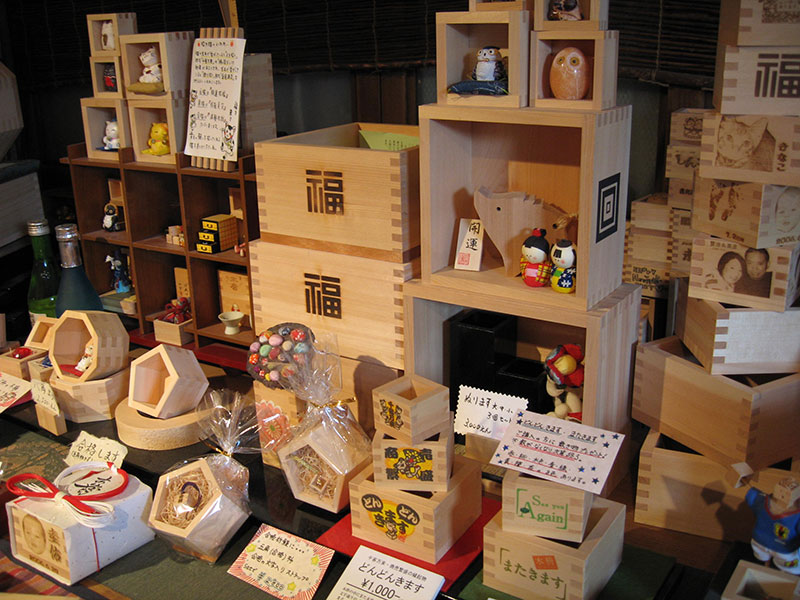


Masu boxes are traditional Japanese measuring containers were originally used to measure rice, over time however, they have transformed into a popular vassel for drinking sake. Masu boxes of all sizes were used when paying land taxes to the lord in commodities such as rice and salt, or when cooking rice and barley. The measurement units of masu, such as go and sho, permeat Japanese culture and people still use these units in daily life.
At first, masu was actively produced in Nagoya which served as a collection point for cypress wood from Kiso, the main material used for masu. During the Meiji period, a craftsman finished his apprenticeship in Nagoya and returned to Ogaki City to start making masu. Since then, the city has become the major producer of masu, accounting for 80% of all domestic production.
Visitors to the area can participate in factory tours, masu box workshops, and sake sampling events.
- Tradition & History
- Spring
- Summer
- Autumn
- Winter






 Twitter
Twitter
 Facebook
Facebook